The Legend of Zelda: Tears of the Kingdom Review - Breath of the Wild 2: Breathe Wilder
/The over 6-year wait has been agonizingly long, but Switch owners have finally been rewarded for their patience with The Legend of Zelda: Tears of the Kingdom, the direct sequel to the series’ best-selling title, The Legend of Zelda: Breath of the Wild. (For those keeping score, the game takes place in a different canon from the excellent Hyrule Warriors: Age of Calamity.)
Details were sparse up until the game’s release window, but the final trailers suggested that Nintendo was dedicated to addressing many of Breath of the Wild’s criticisms while leaving some with the impression that Tears was focusing too much on the sandbox elements at the expense of what longtime fans have come to expect from their beloved franchise. As someone who’s had mixed feelings about modern Zelda, I worked to clear my head of any expectations before booting up Tears of the Kingdom. But does this game rise to its epic challenge, or split the franchise into a dark timeline? Let’s take the mile-high plunge into the depths and find out.
Tears of the Kingdom starts out with an expedition into the bowels beneath Hyrule Castle. Link and Zelda encounter ancient ruins amidst patches of gloom, which is a glowing red poison that not only drains your hearts, but temporarily blocks their regeneration. The swordsman and princess encounter a mummified corpse with a glowing blue arm holding sway over it. At their proximity, the corpse awakens, then immediately recognizes and attacks them. Shockingly, the Master Sword is shattered, and Link’s right arm is corrupted. In one painful moment, he loses all of his hearts, stamina and inventory upgrades, and outfits from Breath of the Wild. Zelda is separated from Link, who is caught and saved by the disembodied glowing arm.
The resurrection of the evil Ganondorf triggers another major event across Hyrule - the Upheaval, wherein Hyrule Castle rises into the air, many caverns open up, and chunks of the sky islands start falling to the surface. When Link awakens, he’s got the glowing blue arm in place of his corrupted one, and he’s recovering on an island high above Hyrule. Guided by a mysterious being known as Rauru, the Hero of the Wild is tasked with a new quest - to find the once again missing Princess Zelda and defeat this ancient evil.
The archetypal story is filled with mysteries. I found it to be decent for the series, if a tad short and with a few repetitive cutscenes, but a strong finale. The voice acting is an improvement over Breath of the Wild. It was great to see Ganondorf return and to see more of Zelda, who is a central focus. Series diehards will have fun speculating on the many wrenches Tears of the Kingdom throws into the timeline. By the end, I was moved, and even if I felt a little burnt out on the gameplay after 80+ hours, I wanted to spend more time in Hyrule with these charming characters.
During the opening section, you’ll be introduced to Link’s new abilities. Gone are the Sheikah Slate runes from Breath of the Wild - now, you’ll be using the Purah Pad, which boasts a completely new set of runes. Ascend lets Link shoot up through ceilings above him. Fuse allows him to attach nearly any inventory item to his weapons and shields. Recall gives Link the power to rewind time for a specific object while engaging in other actions, and last, but certainly not least, there’s Ultrahand.
As Tears of the Kingdom’s defining mechanic, Ultrahand lets you manipulate and construct various objects and Zonai devices. Enough can’t be said about just how versatile and incredible this rune is and how amazing it feels to slap a bunch of parts together and watch them work in concert. Depending on how much you love building things, you might spend hours engineering complex machines. In normal gameplay, you’ll be making vehicles, solving puzzles, building bridges, and even using Ultrahand to drop objects on enemies in certain situations.
While I do miss the old runes (especially in combat), it’s undeniable that the new ones are really fun to play around with, and that the developers are able to utilize them in dozens of puzzles without breaking the game or wearing out their welcome.
From the Depths to the Surface, Link is Calm and Ready
The new runes are perhaps the greatest addition to the game, but Tears of the Kingdom improves on Breath of the Wild in almost every key aspect. A common complaint about Breath of the Wild was that, despite how vast its map was, there seemed to be a lot of empty space. Tears of the Kingdom definitely feels more dense in this regard, and the numbers show it, with more shrines, Heart Containers, and Korok seeds than you can shake a stick at.
While weapon durability is still a major love-it-or-hate-it mechanic, Fuse grants your weapons a second life, as you can combine them with enemy parts or things like rocks to boost their durability. Even the storytelling is improved, as each region has longer story sections and many sidequests, and the main plot has more involved cutscenes. The people of Hyrule play a larger part this time around, and it really does feel like Link is actively making a difference with his actions.
By far, though, my biggest issue with Breath of the Wild was its lack of quality traditional legacy dungeons. The Divine Beasts felt like afterthoughts, with their short lengths and easy bosses. Tears of the Kingdom sort of delivers by providing five traditional temples, each with a unique visual style, unique mechanics tied to your companions’ abilities, and (for most of them) more satisfying puzzles, not to mention memorable (if mostly easy) boss fights. Before each temple, you’ll embark upon lengthy quests that function as build-ups to the main events, making each dungeon and its boss feel like a culmination of a grand regional adventure. While 3/5ths of the temples are shorter and easier than I would’ve liked, there’s always room for DLC.
A common concern regarding Tears of the Kingdom was that the reworked map would be far too similar to Breath of the Wild’s. But while some areas are reused in similar ways, most are significantly transformed, and the entire map is filled to the brim with secrets, side quests, and side adventures.
Double the Map To Explore
There’s also the mind-blowing addition of the Depths, an underground area that spans nearly the entirety of the surface world. The first time I discovered just how vast this underground section was, it took my breath away. This was like discovering the parallel worlds in A Link to the Past or Metroid Prime 2: Echoes. Navigating the Depths is like tiptoeing through a Dark Souls poison swamp; you’ll need to sneak, ride, or drive around large swathes of gloom, using brightbloom seeds to illuminate the darkness, fight or sneak by foes, and harvest materials until you can find each area’s lightroots and brighten up the region. Certain key items such as Zonai can only really be found in the Depths, and there’s mysteries to unfold there, so it’s worth exploring.
In addition to the Depths, Link will be exploring sky islands, which host all sorts of secrets and treasures. Sheikah towers are gone, so Link will now be launching high up into the sky from Skyview towers, which are among the game’s most ingenious new additions. Link basically gets launched thousands of feet into the air, giving him plenty of time to seek a destination. You can zoom in and slow down time to survey your surroundings, then pick a target in the distance - whether a sky island, shrine, or demonic sinkhole - and start gliding towards it. Once done with the task, you’ll have the option of continuing to explore around it, or simply warping back to the Skyview tower to seek out a new destination. The only limits are your imagination and your stamina meter, and this exploration loop is one of the game’s best ideas.
I am also happy to report that Tears of the Kingdom significantly increases the enemy variety over Breath of the Wild. Some of the series’ most frustrating enemies return, joined by a bunch of new monsters and threats. While sadly, the base combat hasn’t really evolved in any meaningful way, the game somewhat compensates for that with its level design, which often causes Link to engage in a series of self-contained, mini-combat challenges that might have you feeling like the odds are against you, or that your enemies are just giant damage sponges and you’ll need to get creative to avoid burning through your arsenal. Between your inherent abilities and the devices you can create, there’s often a smarter way to go about things, and the game rewards clever and cunning players.
Tears of the Kingdom also boasts an incredible main theme and a wonderful suite of original music, although I must unfortunately report that many themes and sound effects have been recycled or reworked from Breath of the Wild, which may not matter to most, but will likely annoy players who spent well over a hundred hours listening to the same tunes over and over.
Missed Opportunities, Framerate Foibles
And that brings me to my personal beef with the game. First off, I find it impossible to ignore the game’s technical shortcomings. The fact of its being a Switch title does not excuse its inconsistent framerate, sometimes muddy textures, and often polygonal surfaces. I also experienced dropped inputs, even with a Pro Controller. I was surprised by the many reused assets and songs and visually cut corners. It’s true that at certain times, the game is beautiful and breathtaking, the lighting engine is fantastic, and the cutscenes are a definite improvement over Breath of the Wild. I know it’s the hardware, but I guess I’ve been spoiled by Elden Ring. I understand that Tears of the Kingdom’s complex physics and huge seamless world are very impressive for the system, but as I was seeing stuttering nearly every time I’d spin the camera in a particle-heavy area, all I could think of was how I wished I was playing on a next-gen console.
Additionally, Tears of the Kingdom suffers from what I consider to be too much busywork. I found myself bored by so many of the tasks, sidequests, and even some of the main quests - the Zora section in particular was basically one long game of telephone. While there were a great deal of fun and memorable shrine puzzles, I found a number of Tears’ challenges to be overly short or easy. Perhaps I am being unfair, since Tears of the Kingdom does try to keep its challenges fresh, but too often, a feeling of déjà vu crept in, and I found myself hoping that there was more to the game.
The best way that I can describe my issues with the puzzles is that often, I felt like I was playing an educational game designed to get nine-year-olds into STEM. I also felt that due to its sheer amount of content, Tears was not giving out adequate rewards for the time and energy it expects players to invest into it. I get that solving a puzzle is meant to be its own reward, but once the novelty of using the runes wore off, I ended up saving shrines for later, especially since I was easily able to mitigate enemy damage by upgrading my armor and cooking defense-boosting dishes.
At the risk of sounding like a broken record, weapon durability is the ultimate love it or hate it mechanic. Some people think that it encourages experimentation in combat and prevents players from being attached to certain weapons. I find the whole concept of forced weapon switching and sacrificing to be a waste of my time and mental energy, as well as annoyingly disrupting the flow of combat. Also, in Breath of the Wild, I never felt like I had to farm for or craft good weapons. No matter what I was doing, I would have access to a cache of interesting weapons.
In Tears, I found myself rationing my good weapons, begrudgingly sacrificing gems to make magic rods, and calculating using my bow and arrows more often than I would’ve liked, especially because now you’re expected to Fuse items to your arrows in combat, which also slowed my momentum to the point where fighting sometimes felt like a turn-based affair. Don’t get me wrong - I understand the praise for the Fuse system. It’s cool to be able to freeze enemies with ice fruit or home in on quick foes with a Keese eyeball. It’s also great to defeat a strong foe and immediately Fuse your weapon with one of their loots. This just feels to me like an unnecessary addition designed to make the combat feel like it has more depth than it actually does.
If I had one complaint about the story, it’s that the way Memories are unlocked - by location, and not chronological order - is antithetical to good storytelling. For instance, I unearthed several of the last Memories first, which greatly confused me and blunted the emotional impact of certain scenes. Nintendo should have made it so that Memories unlock in a fixed order, regardless of which Geoglyphs your first encounter.
Finally, I need to rant a little bit about some of the things Nintendo neglected to improve. Horses remain just situationally useful. They still only respond to your whistle within a limited range. The game’s lack of a fishing minigame is a total no-brainer. In fact, what passes for minigames in Tears of the Kingdom are mid-tier at best.
Next, while this is ostensibly a sequel to Breath of the Wild, most of Link’s outfits will be familiar to you. I felt scandalized at having to fork over rupees or go exploring for clothes I had already acquired in Breath of the Wild and simply opted to upgrade my Hylian set and cook meals to gain any additional effects. I also take issue with the game’s healing mechanics, as Link can eat in mid-air, at any moment in the middle of combat, or in other implausible situations. I also feel that the sheer amount of food Link can carry with him trivializes the game’s challenge, although I’ll admit that it does help with accessibility.
Another Legendary Zelda Title
While it may sound like I’m being overly harsh on Tears of the Kingdom, I’m only pointing out its shortcomings because I care, and because so much has already been said about how amazing it is. All signs point to future Zelda games following in the footsteps that Breath of the Wild established. As someone who appreciates intricately crafted puzzle boxes and the more linear dungeons of games such as Majora‘s Mask, Skyward Sword, or Twilight Princess, or the relaxed sailing of The Wind Waker, it pains me to think that Zelda might become a victim of its own success and stick more closely to its open-world formula to the exclusion of the elements older series fans grew up loving.
Then again, it’s hard to argue with the incredible sales figures that Breath of the Wild and Tears of the Kingdom have achieved. More people than ever are discovering Zelda, and I am all for that. These games have affected so many and inspired a whole new generation of fans, drawing in players who grew up on Roblox or Minecraft, and enticing them to play in a whole new sandbox. Tears of the Kingdom accomplishes its lofty goals, improving upon the masterful Breath of the Wild in nearly every key aspect; Tears may not be my favorite Zelda, but for millions of fans, it might be one of the greatest gaming experiences of their lives, so for their sakes, I congratulate Nintendo for once again bringing so much joy into the world.
9/10 (BUY)
PROS
Versatile new building mechanics allow you to create incredible devices and vehicles
A seemingly endless map to explore, jam-packed with side quests and adventures
A larger variety of enemies (and ways to fight them, thanks to the Fuse mechanic)
CONS
Reused assets including much of the map, music, outfits, graphics, etc. may induce déjà vu
Poor performance at times detracts from the gameplay experience
Somewhat easy temples, most bosses, and shrine puzzles
What I’ve Played
80+ hours of gameplay
Got the Master Sword, completed all Main Quests, rolled credits
Finished 89 Shrines, got 21 Heart Containers, 2 full Stamina Wheels
Explored about 60% of the Depths

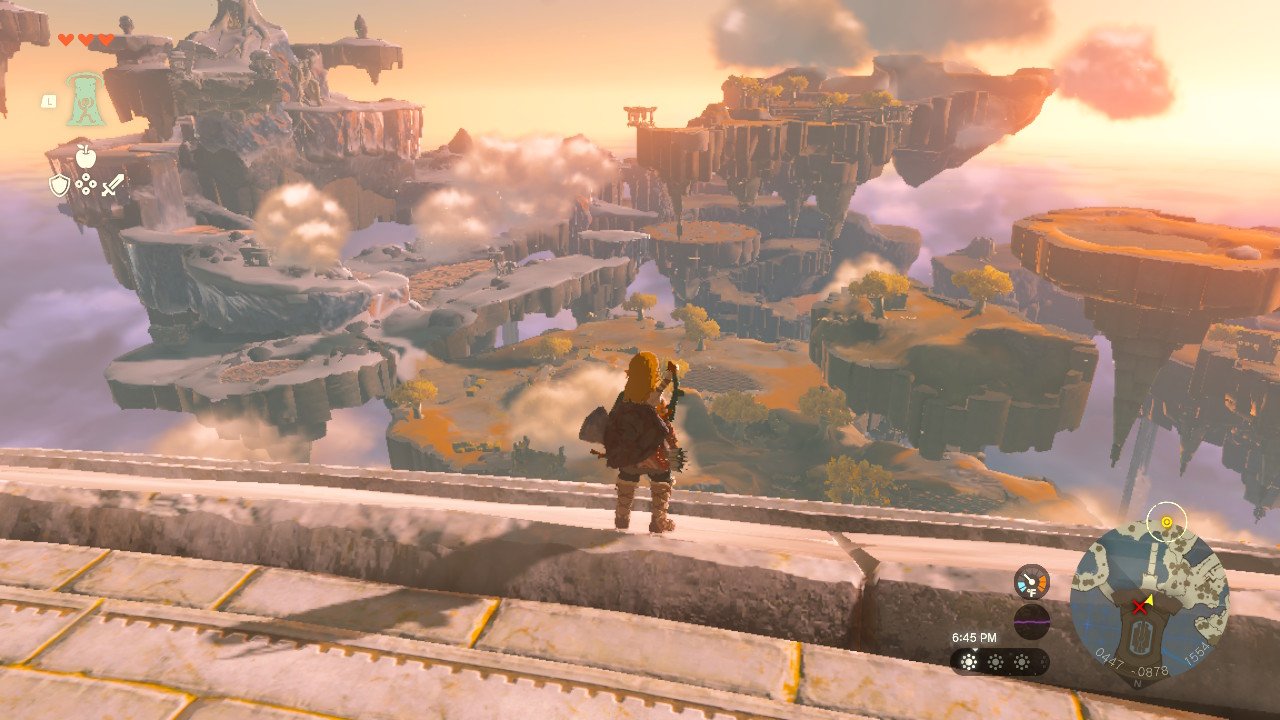
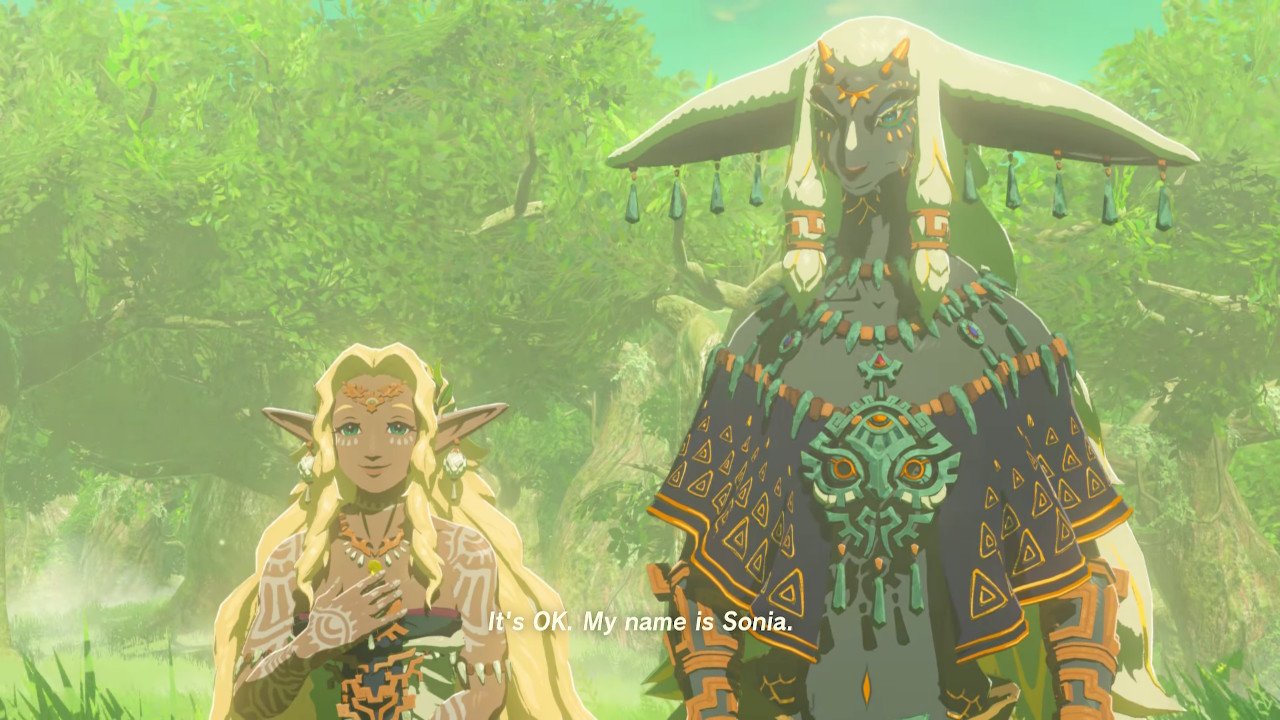
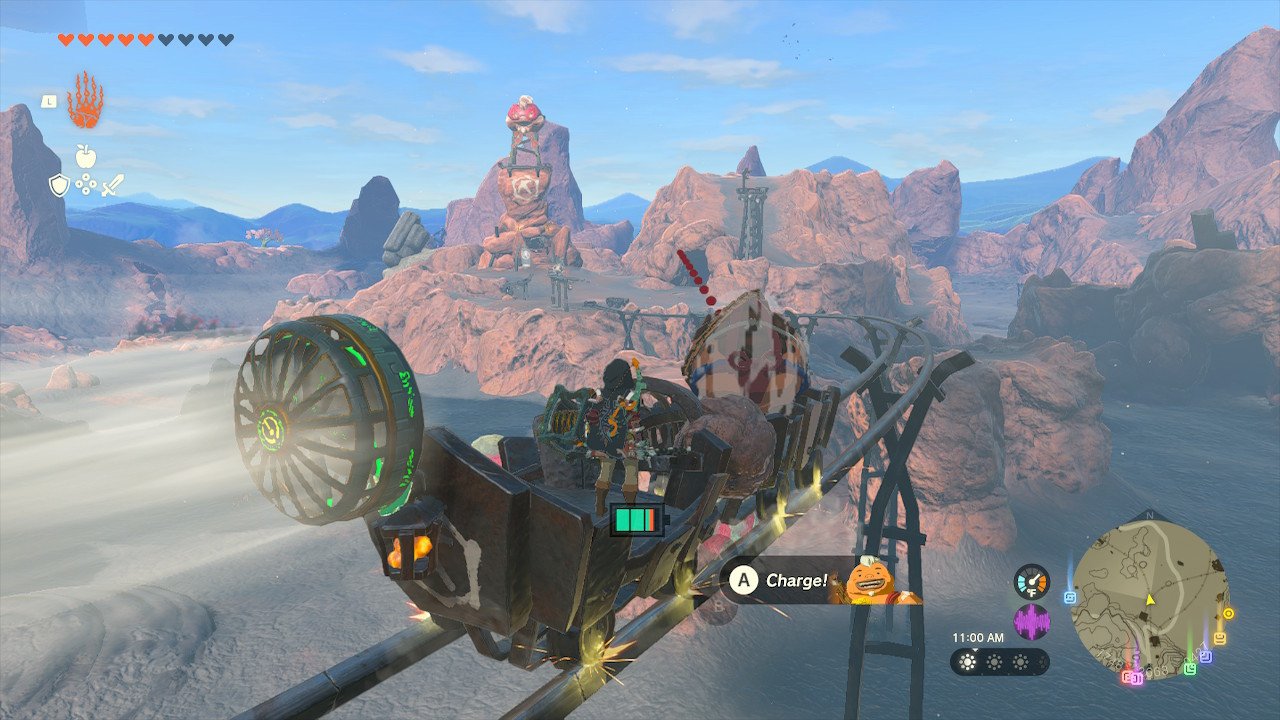



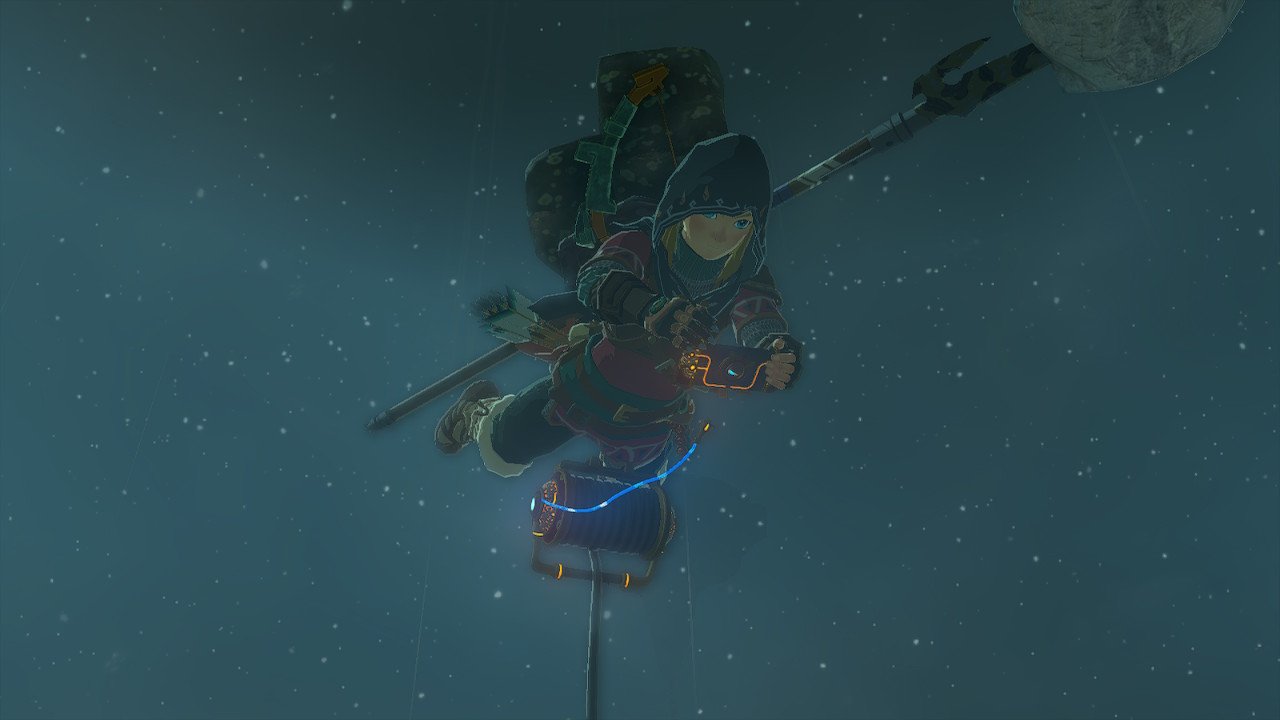
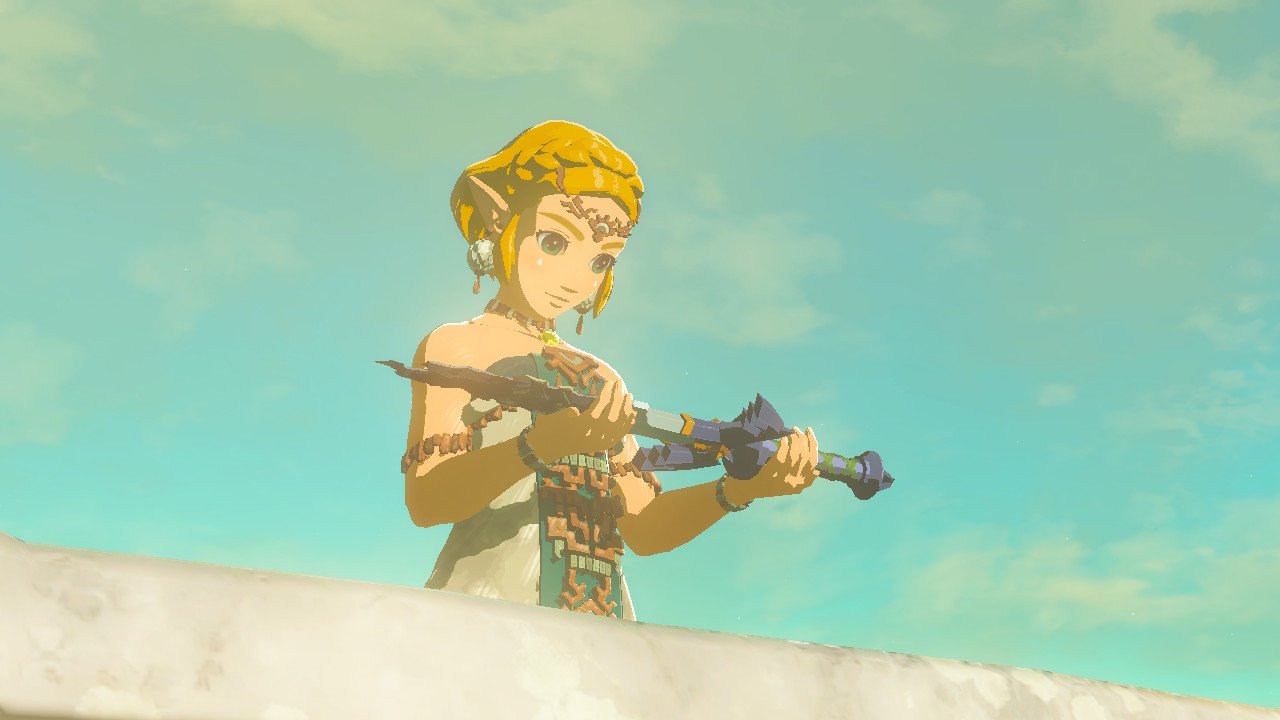



SEGA and Ryu Ga Gotoku Studios put a ton of love and care into Yakuza Kiwami 2, and it runs flawlessly on Switch 2. If you’re like me and itching for a reason to take a plunge into the Yakuza universe, there’s no better time than the present.